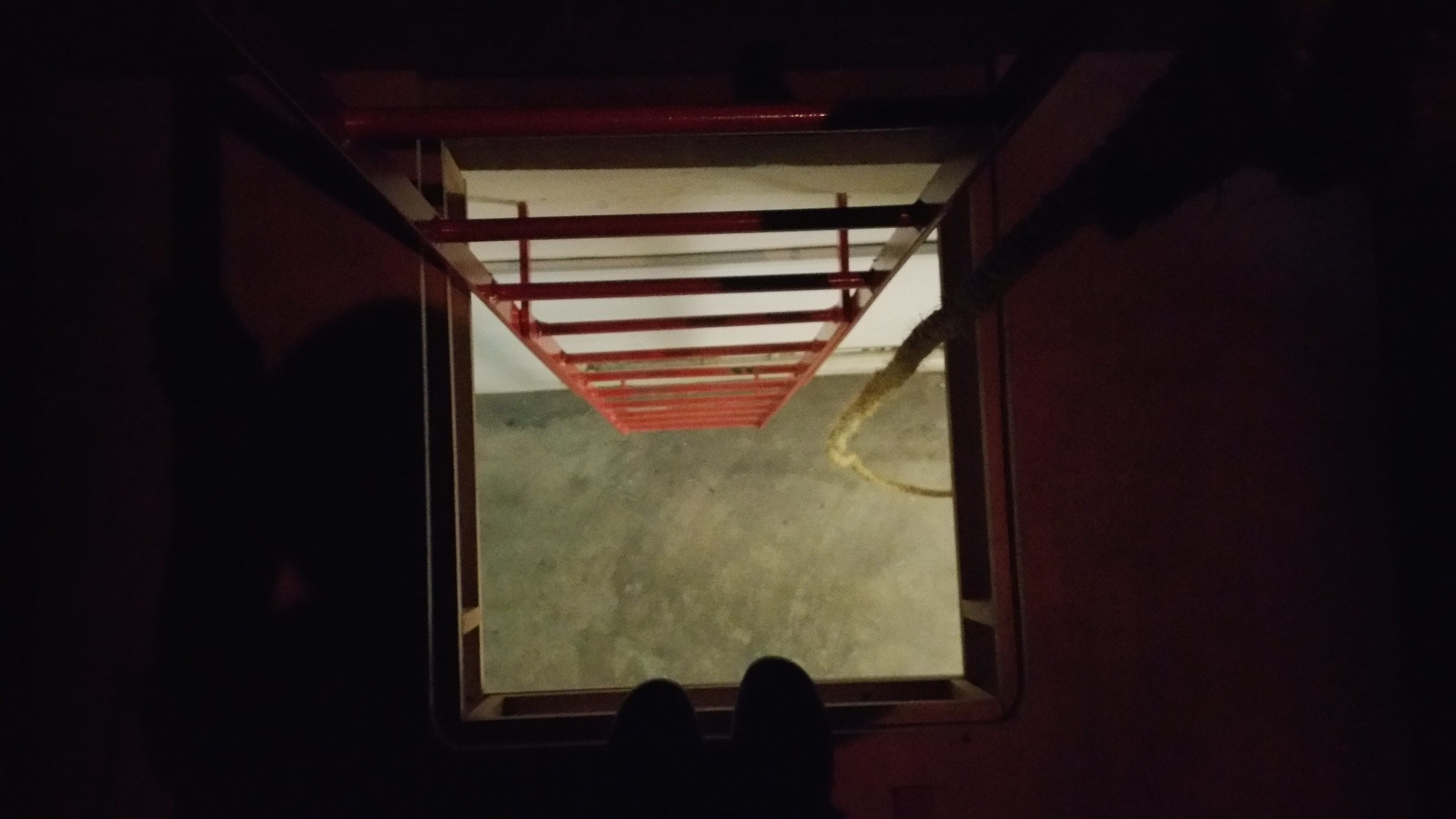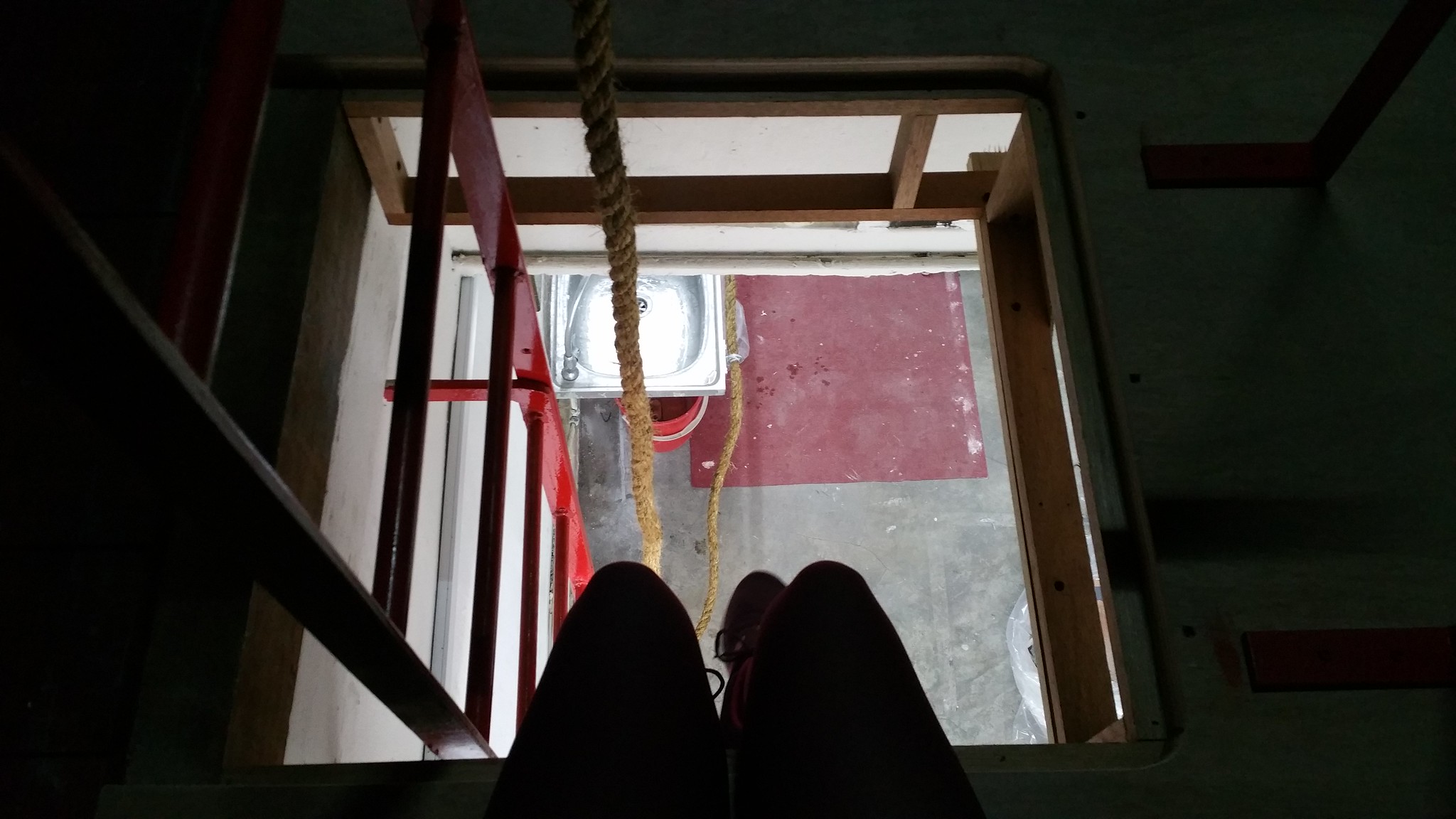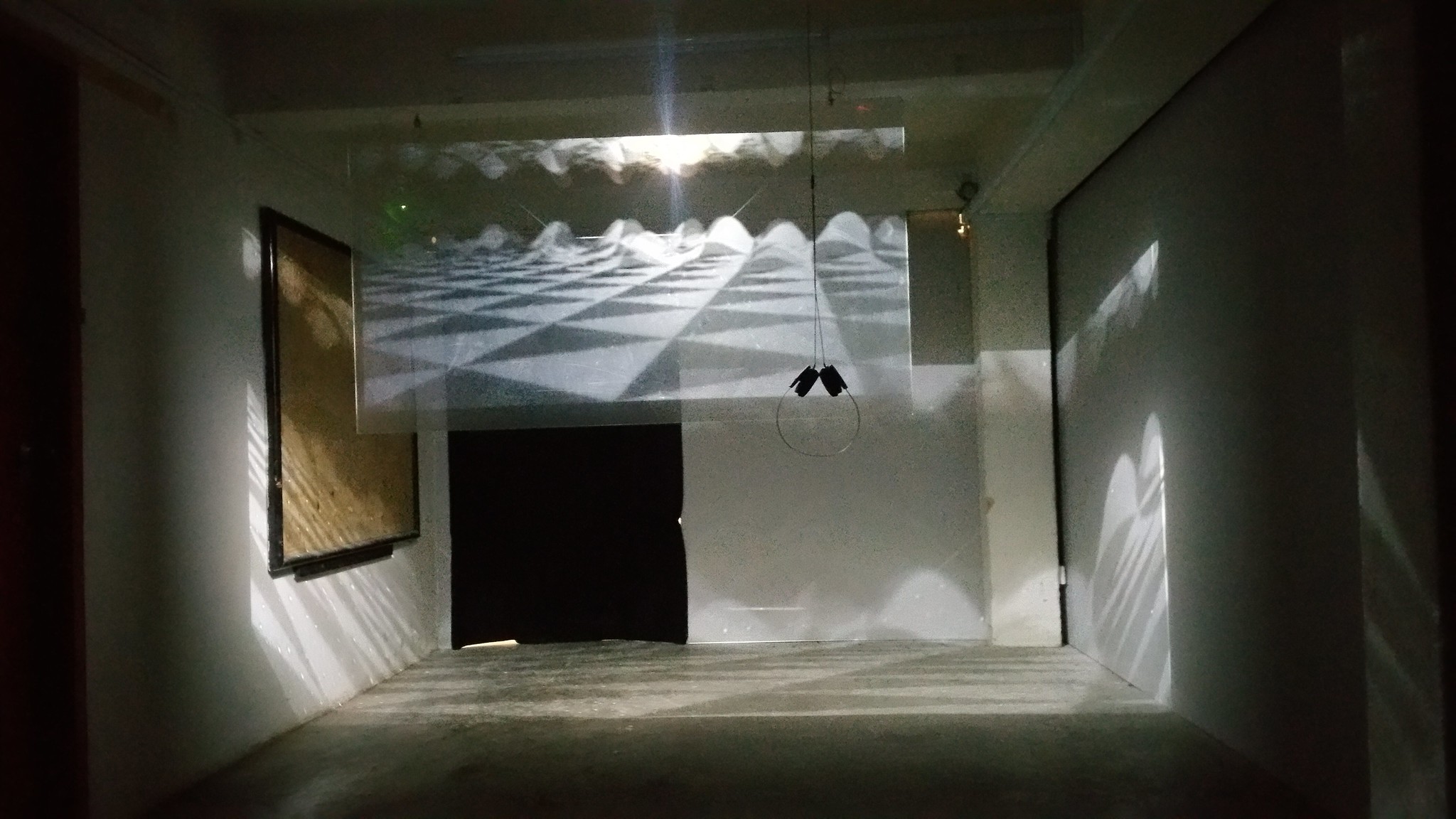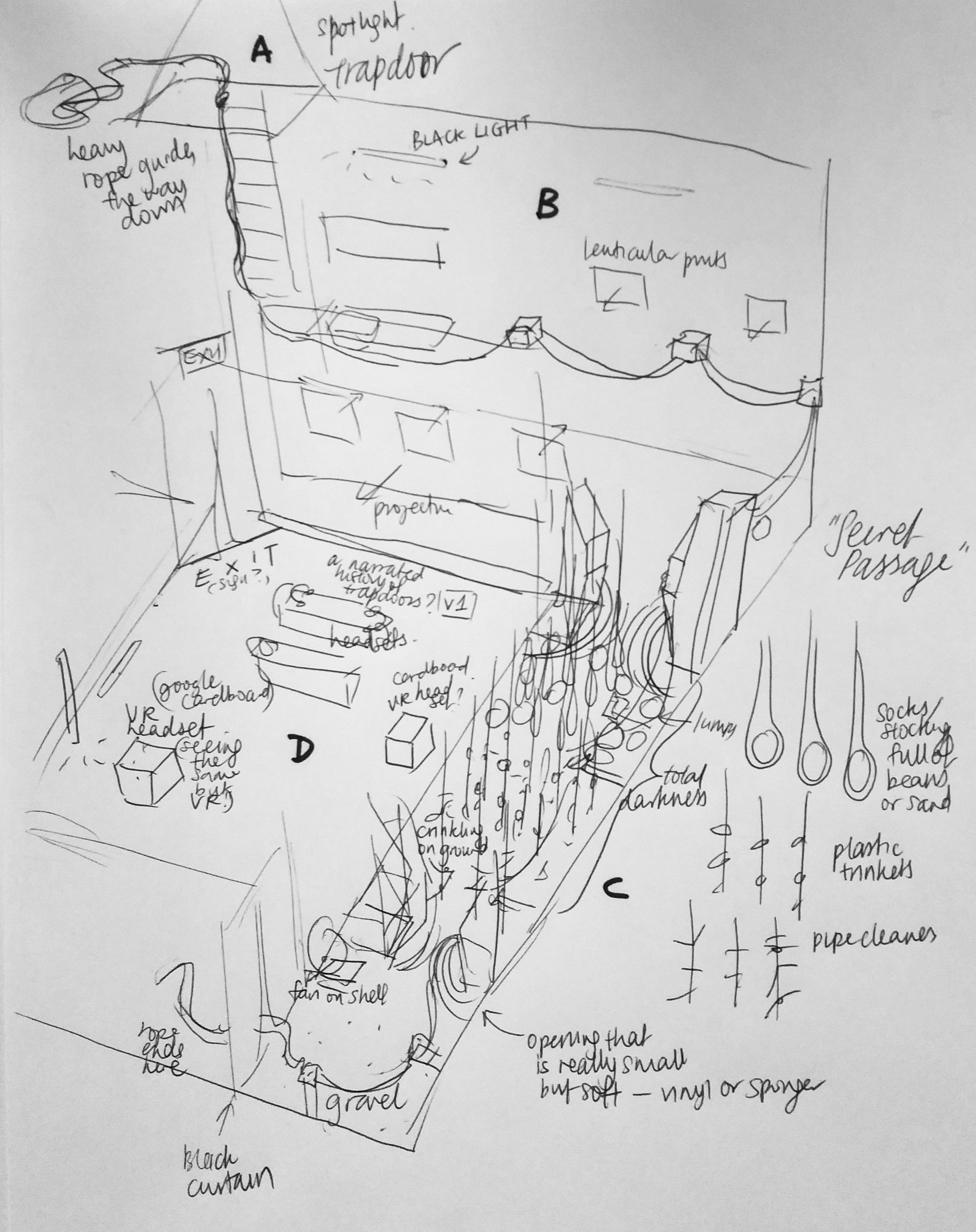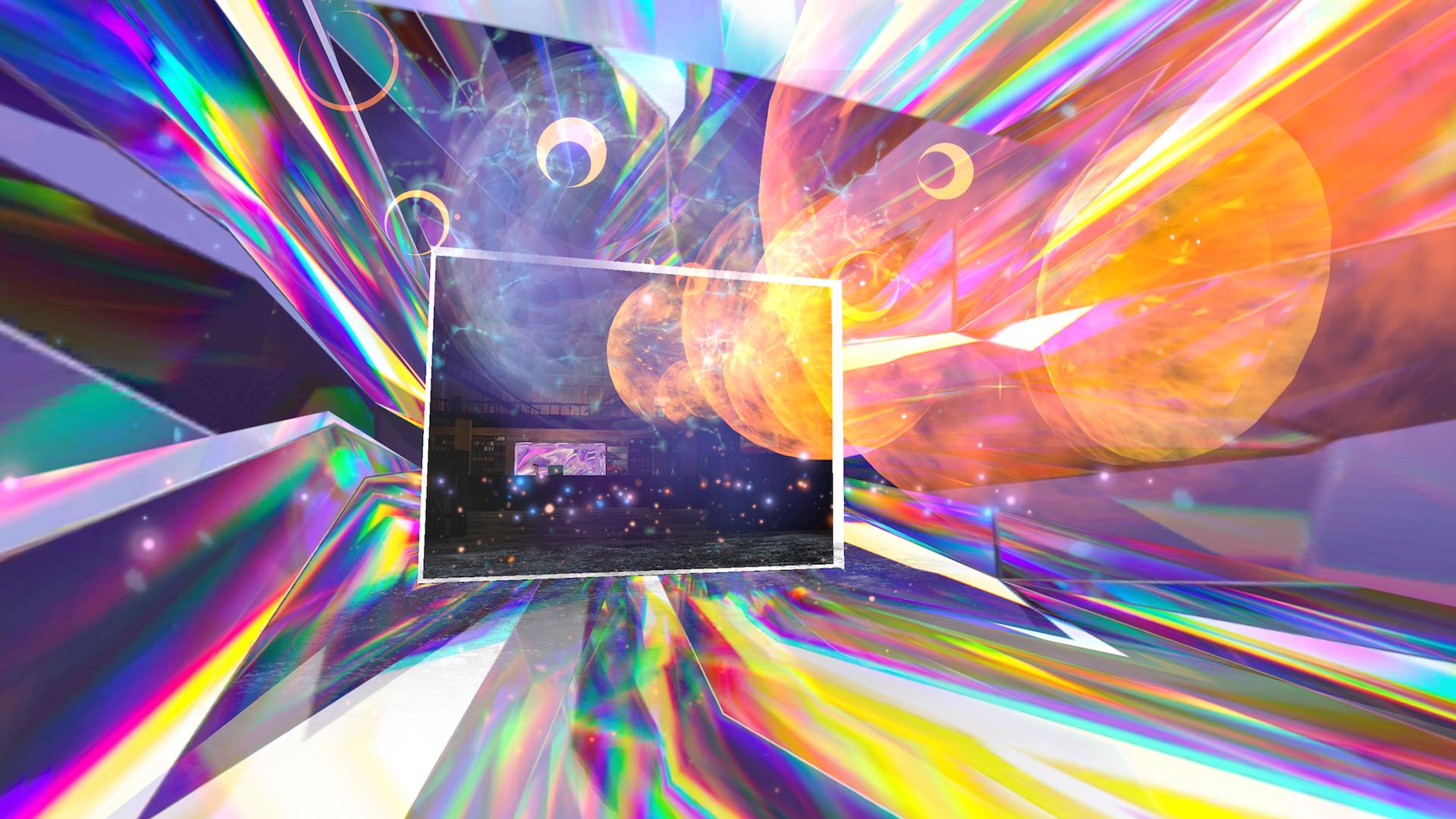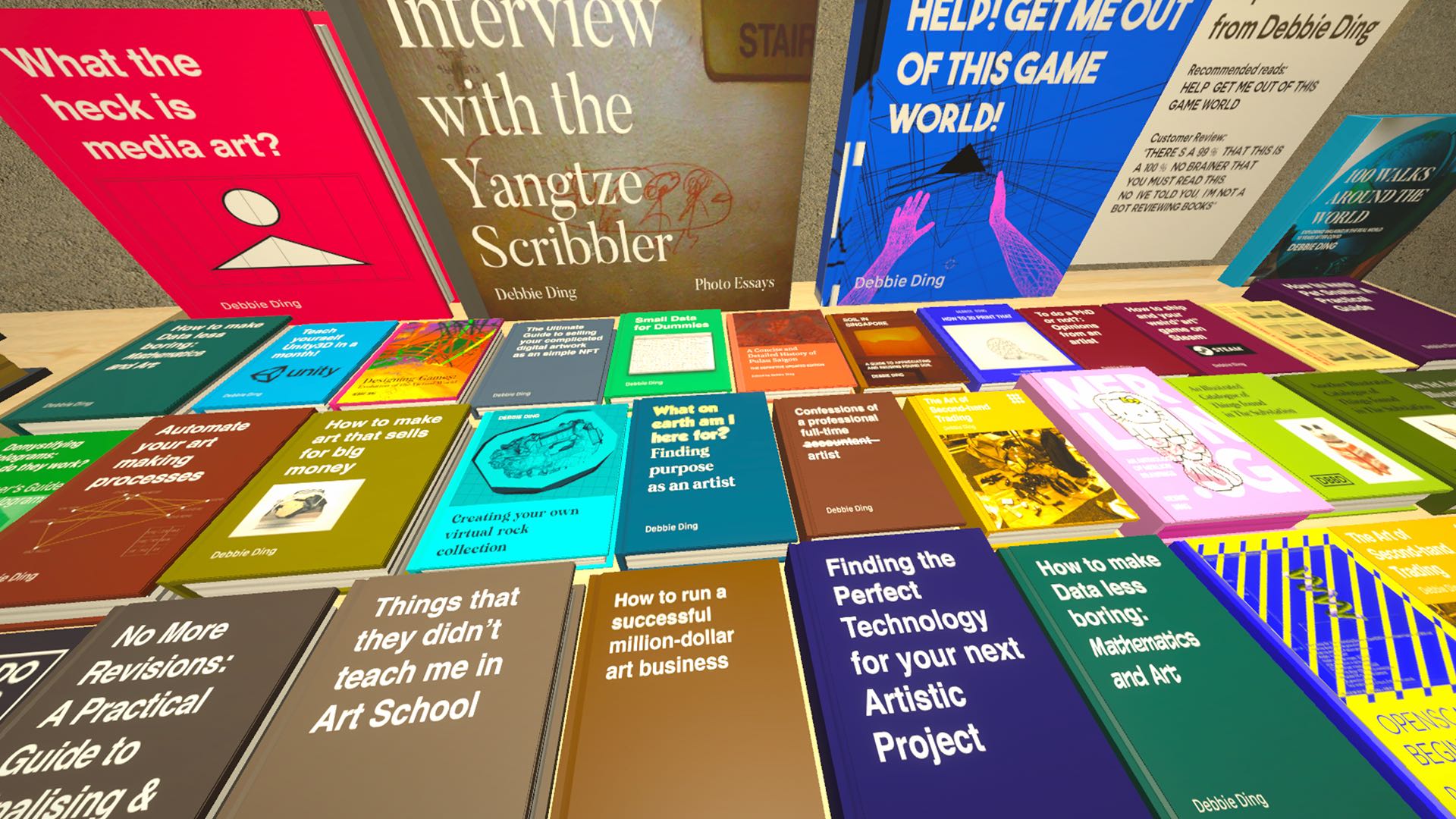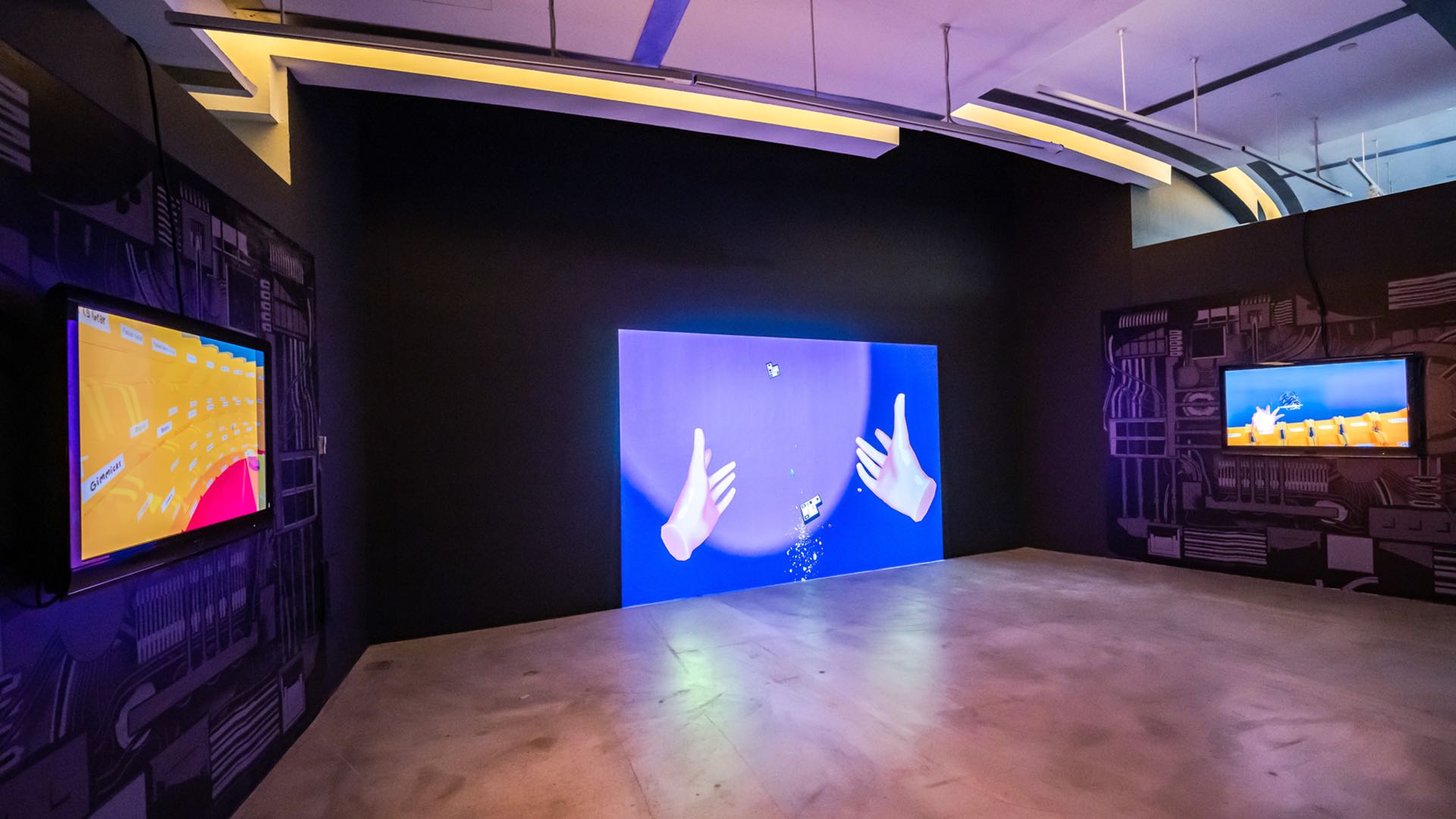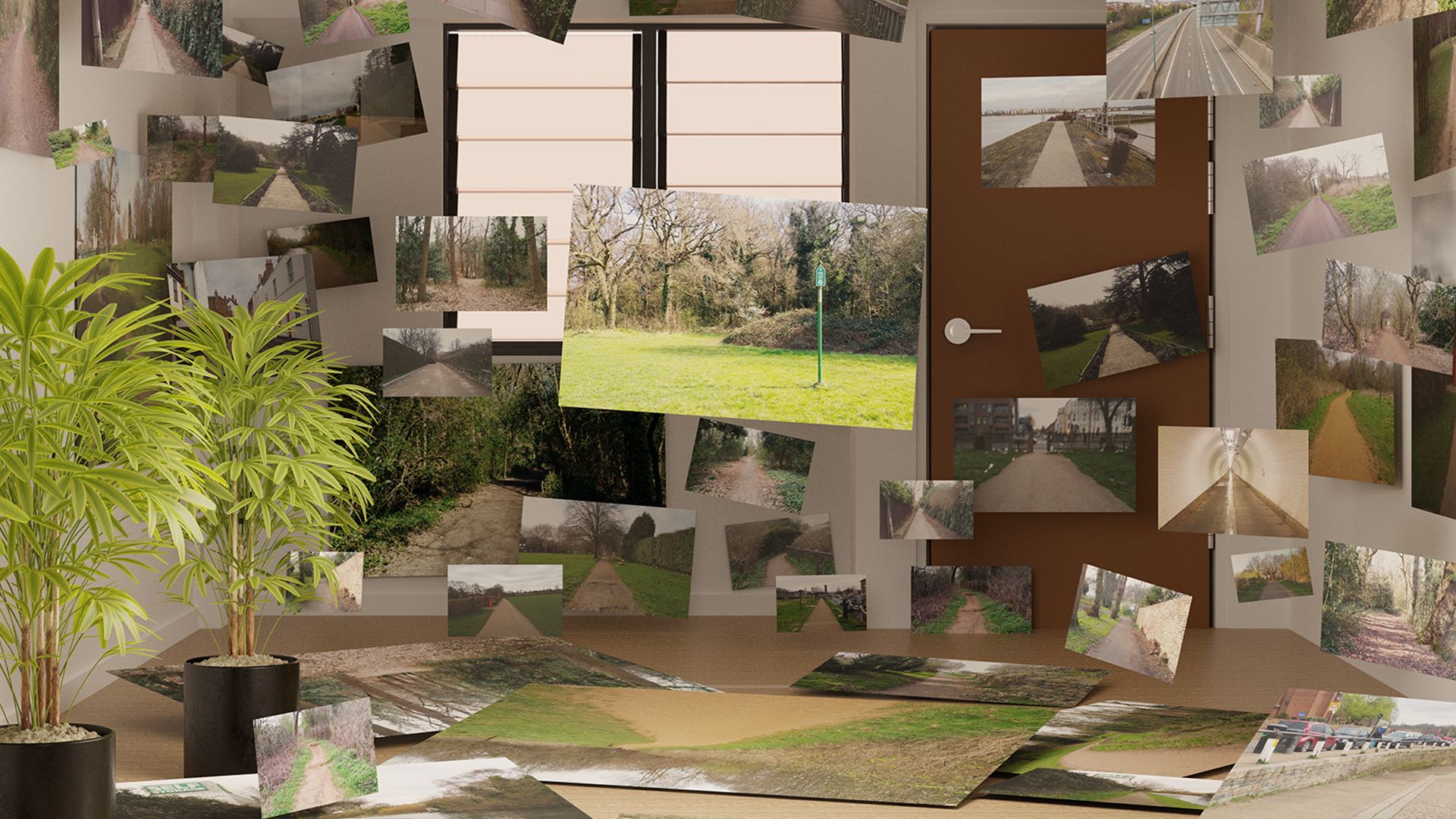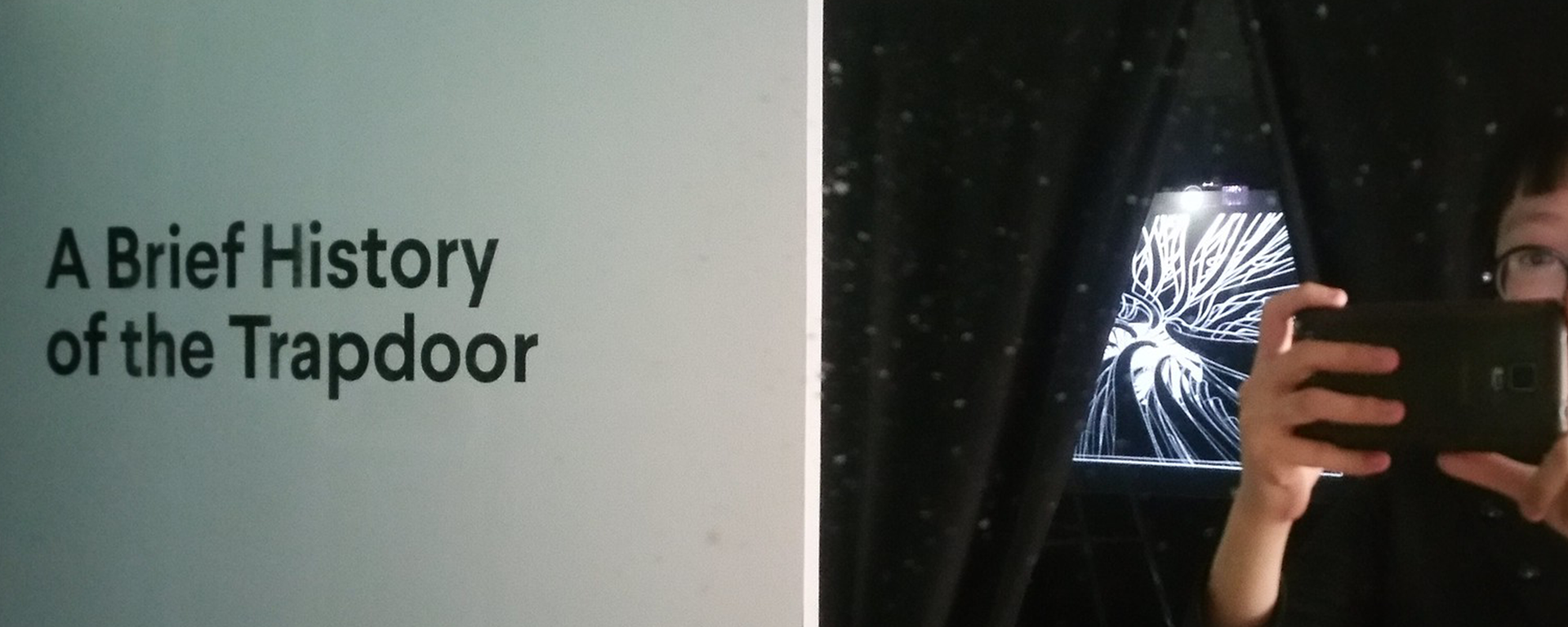
A Brief History of the Trapdoor
For thousands of years, the architectural element of the trapdoor has been built into important man-made structures where security and secrecy is an issue, and also is a hidden staple of performance venues and theatres. In works of theatrical drama, film, and literature, trapdoors operate as a strange spatial device through which unexpected narrative resolutions fall in or out the narrative world like magic. What is this strange dematerialising door that fleetingly forms a vignette framing the corners of the moving image? What narratives are being escaped from when cinematic illusion is designed to trigger the startle reflex?
There are virtually no places in the country that haven't been explored, thus being completely lost has become a rare experience for people living in cities. There is never true or complete disorientation; we usually exert near-total certainty over our spatial location. The word "lost" has much more significance than just being unsure of our geographical position. Being lost is almost a total disaster, anxiety, terror.
The installation is designed as a fall through a seemingly endless series of images of trapdoors, sliding down tunnels – thinking of trapdoors as a really peculiar kind of door which is neither an entrance nor an exit but a door leading somewhere quite mysterious (sinister, yet perhaps leading to a trap or freedom?); offering and restricting visibility at the same time.
“A Brief History of Trapdoors” is an installation exploring the sensation of being lost, our changing behaviour around doors and the dematerialisation of the trapdoor.
2017
Installation
Commission for The Substation.
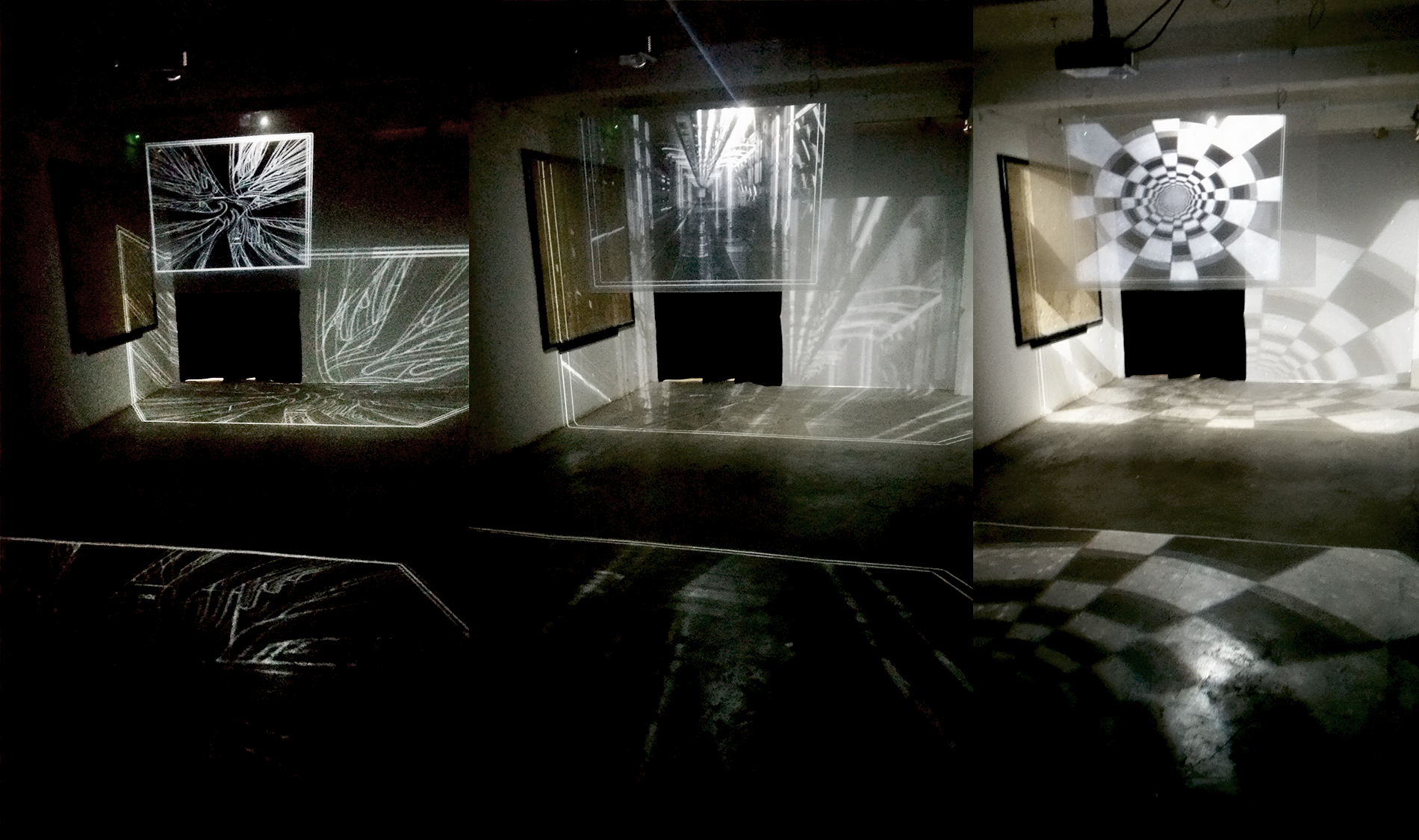
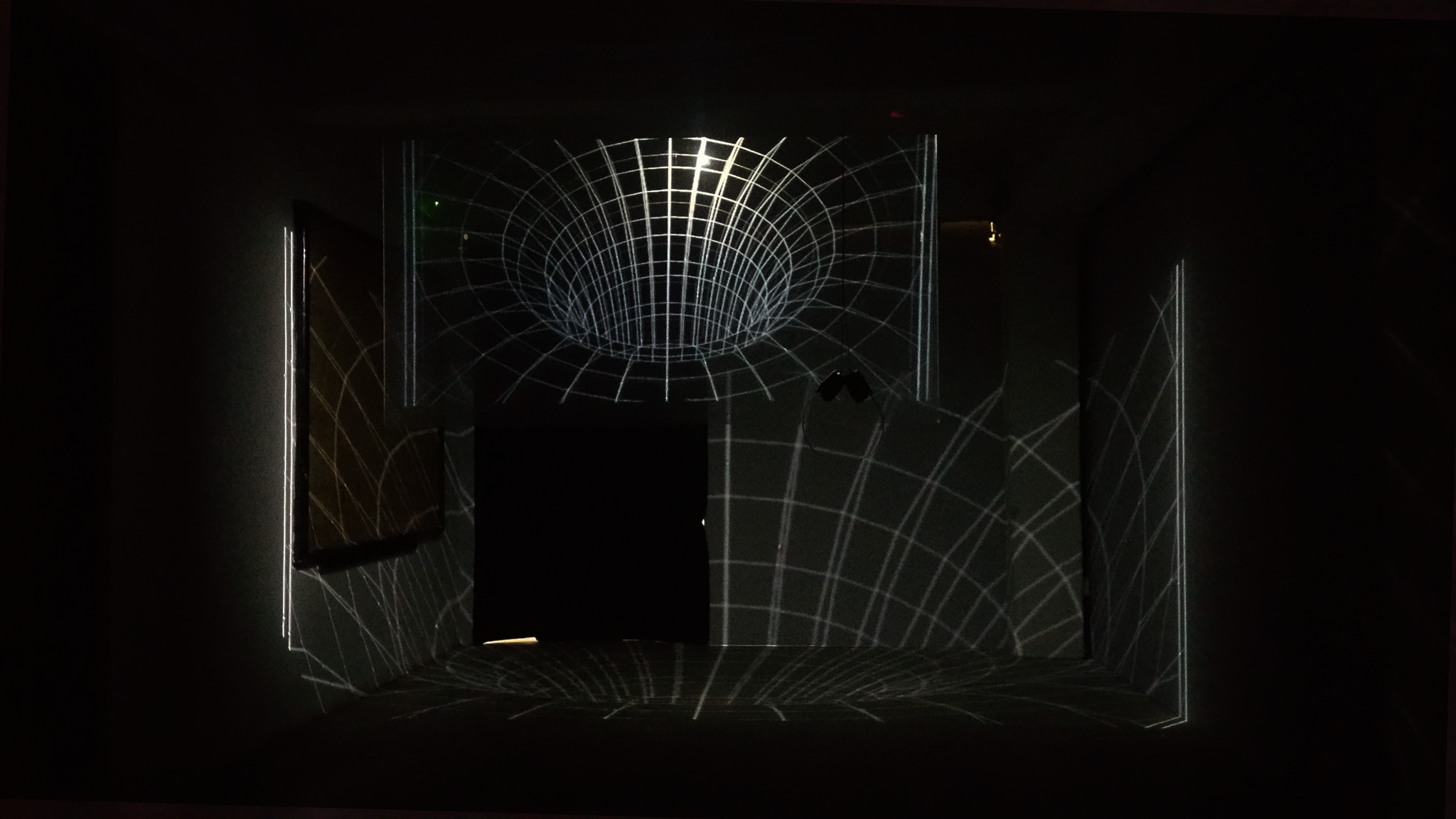
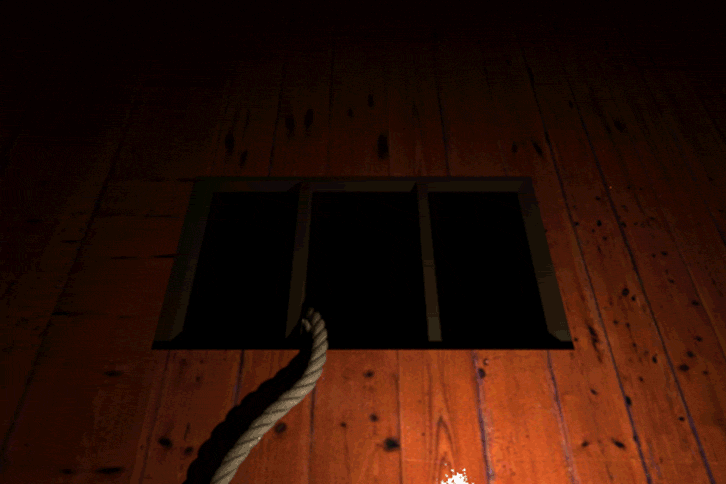
When I think about the most exciting parts of the city, I think of trapdoors.
Trapdoors which led to basements. Trapdoors which led to attics or rooftops. Trapdoors with padlocks on them. Trapdoors which seemed too precarious to walk on, lest they should collapse.
The thing about trapdoors is that they’re neither an entrance nor an exit.
What is at the heart of the trapdoor, that makes us hesitate, but still want to open it? What makes us so willing to go through the trapdoor without knowing if we can get back out?
The question is a trap in itself – perhaps if we knew how difficult it would be to find the way out, we wouldn’t want to explore what’s beyond the trapdoor.
